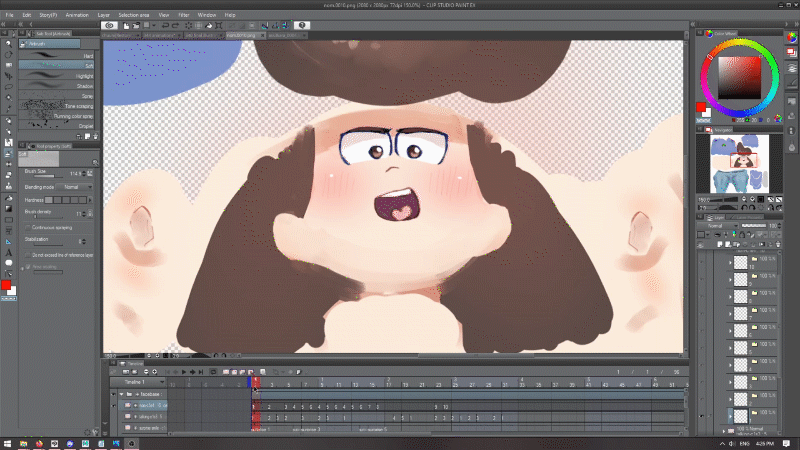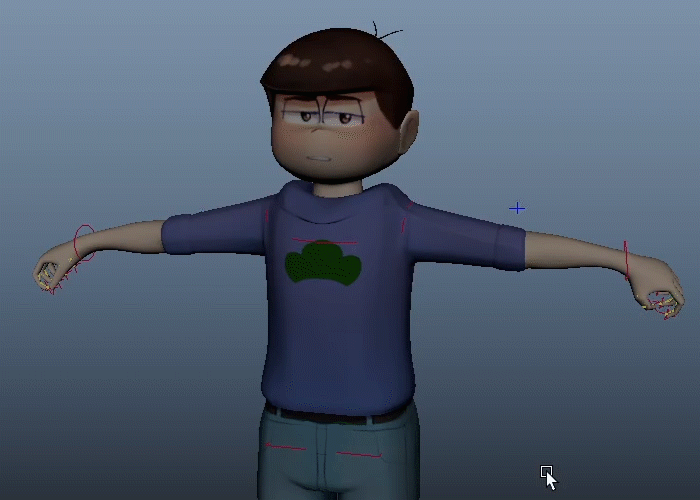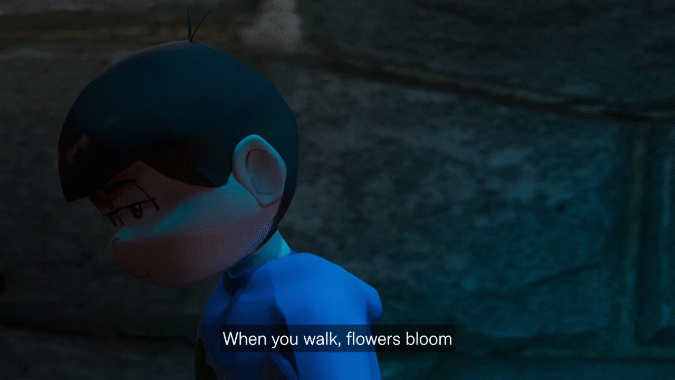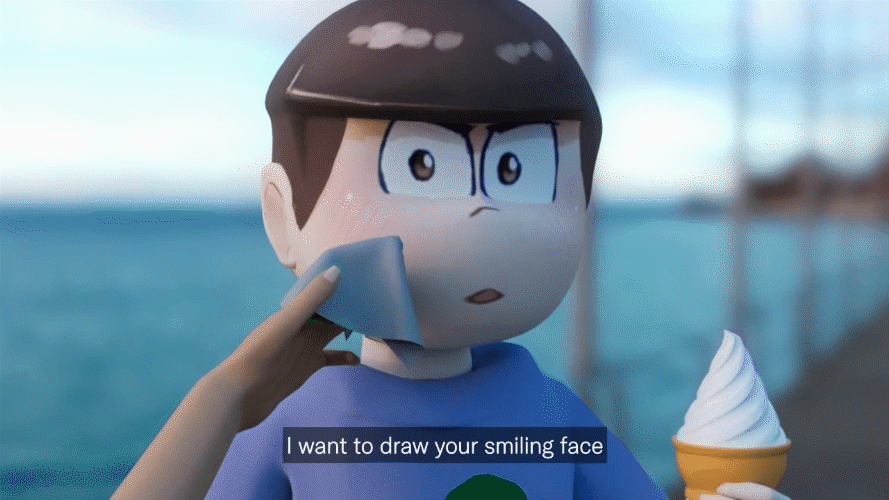
The making of POV: You’re a Karamatsu Girl
Assignment overview
POV: You’re a Karamatsu Girl was created for the class IAT 343 (Animation) which I took at SFU in Spring 2023, and was my very first foray into 3D modelling and animation. The focus of the course was to learn the basics of modelling and animating, slowly building up a short film that would be complete by the end of the term. This particular project was a passion project of mine that I had conceptualized a couple years prior about the “viewer” character falling in love with a cartoon character through a first person POV.
My primary roles in this project were project lead, director, concept/storyboard artist, character modeller/rigger, and animator.
Process
Concept art




The brainstorming and conceptualizing stage was simple for me, since this was an idea I had nurtured since a couple years prior. All I had to do was whip up production documents like a clearer and more detailed story outline (breaking down what would happen in each part of the song by verse, chorus, etc), character reference sheets, and location concepts.
Storyboarding
This was the stage in which the bulk of the work truly began for me. Though I had tried to divide the workload of creating the shotlist among our team, as the primary/lead storyboard artist because I was the only person confident in illustration, a lot of the actual visuals ended up coming down to me, even using the shotlist for direction. With the ambitious scope of the project on such a tight deadline, I ended up having to delegate a portion of the storyboarding at the end to another teammate.
Modelling


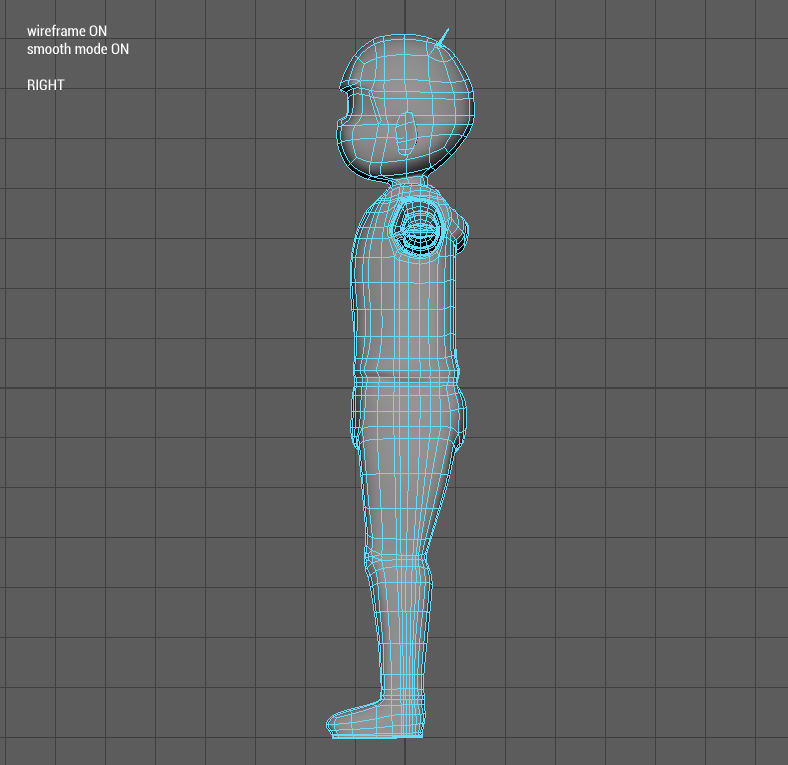





This was one of the first big assignments of the class, and I used it as an opportunity to create the main character model that would be used in the final project. Without any sculpting tools, this single-mesh character model was quite a challenge since it was the first time I was making a complicated model. Thankfully, I ended up managing to do pretty well, getting just shy of full marks on the assignment with good topology. This model would be iterated upon and improved throughout the rest of the course as I learned more, such as improving the fidelity of the hands and fixing other details.
Texturing, rigging, skinning
The second class assignment was yet another opportunity for me to start making progress towards the final project, where I textured the main character and also did very basic rigging and posing for the single frame render. The texture created at this stage ended up being the base texture used in the final project (though with the facial animations edited on top, and without the bump mapping). Full marks on this assignment, too! When we updated the model to include higher fidelity hands, I also re-did the rig with Maya’s Human IK and fixed the skinning.
Animatic
The animatic was our first real dive into putting all of our work together as a team, and I had to take charge as the team lead to make sure everything came together under one cohesive vision. I ended up being the main editor putting this together as I envisioned it while storyboarding.
2D facial animations
After charting every facial animation needed for each shot, I started manually animating them out the old-fashioned way in Clip Studio Paint. Then I exported the entire texture as an image sequence, and used the “set driven key” feature in Maya to key changing textures, cycling through the image sequence and adding 2D animation on the model.
Rendering
Using Maya’s default, built-in renderer, Arnold, we divided up the burden of rendering the scenes when animations were complete. Here are a few of my favorite shots from the final product!
Conclusion
This entire course and project were quite the massive undertaking for me because of how much I was going in blind, clueless without any experience whatsoever. So, to go from nothing to being able to lead and create a fully realized animated short film meant that I had to undergo a lot of learning and do a lot of work very quickly. Overall, though, the creative freedom and being able to make one of my dream projects definitely gave me the motivation to push myself to my limits and make it happen, and I’m excited to do even more 3D work now (but hopefully more with Blender, instead of Maya).













